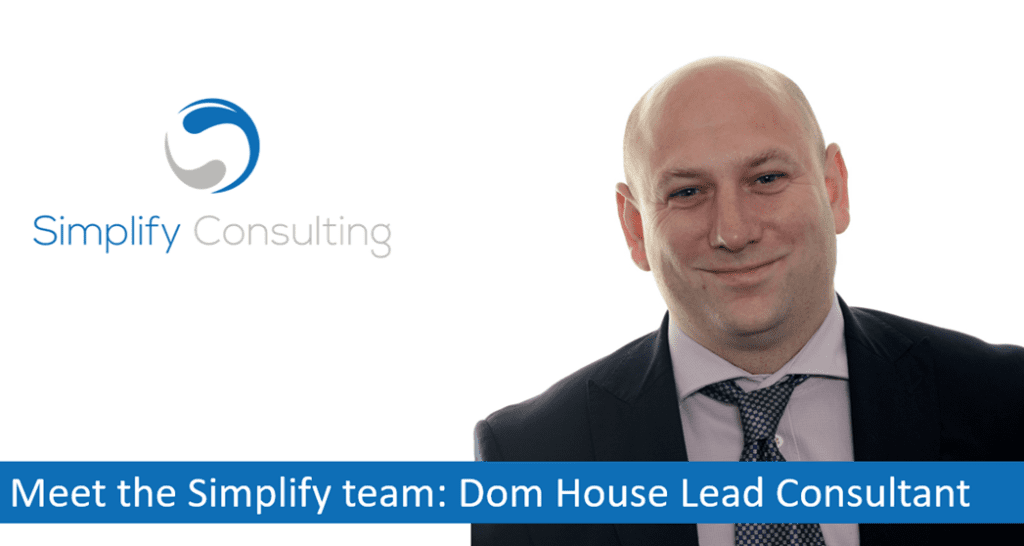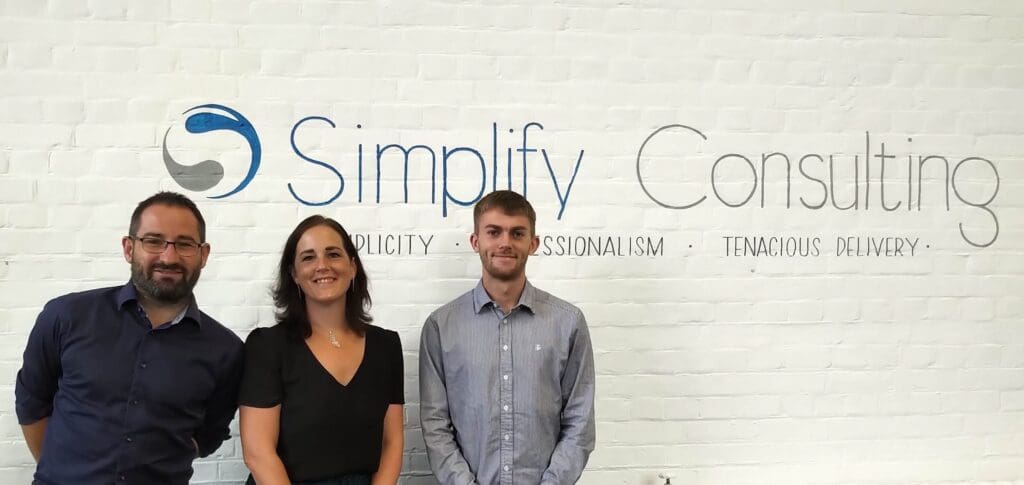
Clients are growing up in a rapidly evolving digital environment where they expect the same personalised, seamless and technology-driven experiences from their Wealth firms that they receive elsewhere in their digital lives. Client segregation, whether it’s demographic, geographic, behavioural, or value-based helps firms personalise and deliver good outcomes for their clients, but is it inevitable that over time this segregation will become more and more layered and complex, until it becomes fully personalised?
The Future
As a core part of Consumer Duty, client segregation helps firms to deliver tailored services, mitigate risks, demonstrate fair treatment, etc. In a continually developing and data driven environment enhanced solutions, providing more sophisticated, and by extension more complex models allow firms to go further and further.
Consider correspondence, many firms already personalise client letters or notifications using a range of variables on pre-defined templates, where paragraphs are often repeated per letter. What if hyper-personalisation allows firms to tailor the correspondence so it’s unique to the client? Not only adjusting content, tone and language each time, but also included specific information, actions required, or risk warnings associated with their investment choices. Reducing generic and repetitive wording to create a bespoke letter would make it much easier for firms to demonstrate a greater adherence to customers understanding outcomes under Consumer Duty.
This could also be applied to investment strategies. Firms could use larger sets of client data managed by algorithms to create bespoke models based on each individual’s circumstances and risk appetites, rather than perhaps a target market based on generic criteria. Do all clients who would like to invest in ESG funds have the same views and priorities for how their money should be invested? Whilst one person may want to invest in Company A which prioritises diversity at company boards, another may want to invest in Company B who has a low carbon footprint. Both may score equally well at ESG but for different reasons and this may influence how a customer decides to invest their money.
You’d expect personalising investment choices to people’s opinions and the associated risk vs reward is something clients would be keen to explore. By offering superior products and services it would give firms a competitive advantage. Until everyone introduces this and then it becomes necessary for others to follow suit, which you’d anticipate will lead to higher client satisfaction and increased business.
The Challenges
For Wealth firms to embrace the concept they must gather the right client data, however gathering this comes with its own challenges. The comprehensive GDPR (Global General Data Protection Regulation) legal framework that governs how firms must collect and use personal information. However, if firms gain consent from the client to capture granular information such as browsing behaviours, past interactions, personal preferences or characteristics, where does the line stop before it becomes creepy? In our recent article on Building Trust: How wealth providers can boost data sharing and better outcomes for clients, the research found clients are reluctant to provide their data and have growing concerns about how it’s used. Until greater trust is instilled between clients and their provider, more personalised journeys will be difficult to progress.
Do firms have the right tools in place to help? Technology can be an expensive investment, but customer relationship management systems and personalisation AI programmes are available to house and analyse vast amounts of data quicker than humans, which can help them develop and deliver superior client experiences.
And having the right processes to adapt in a timely manner is also a hurdle to overcome. An individual’s views or circumstances can change suddenly or over time, so firms will need to create sophisticated models to monitor and adapt to these changes. Firms would also need to be acutely aware of where these products and services may not deliver good outcomes, such as for some types of vulnerability.
Technology exists to understand and process information faster than people, so changes can happen quicker, allowing the humans to focus more time on aspects technology can’t necessarily help with, yet. But the risk of providing emerging technologies with this amount of power is also not fully understood. Implementation will have to be carefully considered, with strict controls in place.
Conclusion
Enhancements to client segregation at Wealth firms in an ever-evolving technological environment is inevitable, as good outcomes today are not going to be the same in three, five or ten years’ time, but is hyper-personalisation?
Its very essence is to create highly individualised customer outcomes for firms aiming not just to meet but to exceed customer expectations. AI solutions predicting customer preferences and offering investment recommendations before customers themselves even express the need is surely desirable, and likely why firms are already looking into personal investment strategies due to the benefits for investors.
Is it feasible though? Creating more engaging services where each interaction feels uniquely tailored is achievable, but firms will need a strong commercial case in today’s climate and confidence that any investment in people and technology will bring meaningful financial growth. You’d expect higher fees and charges to be introduced and generate more revenue, although firms will need to make sure their services are still affordable. Otherwise, they may lose business.
Hyper-personalisation is a fundamental shift in how firms will interact with clients in the future. It might be limited by technology adoption and risk appetite, but firms should look to embrace it on some level and start the journey now.

James Wood
Wealth Consultant














































































































































































































